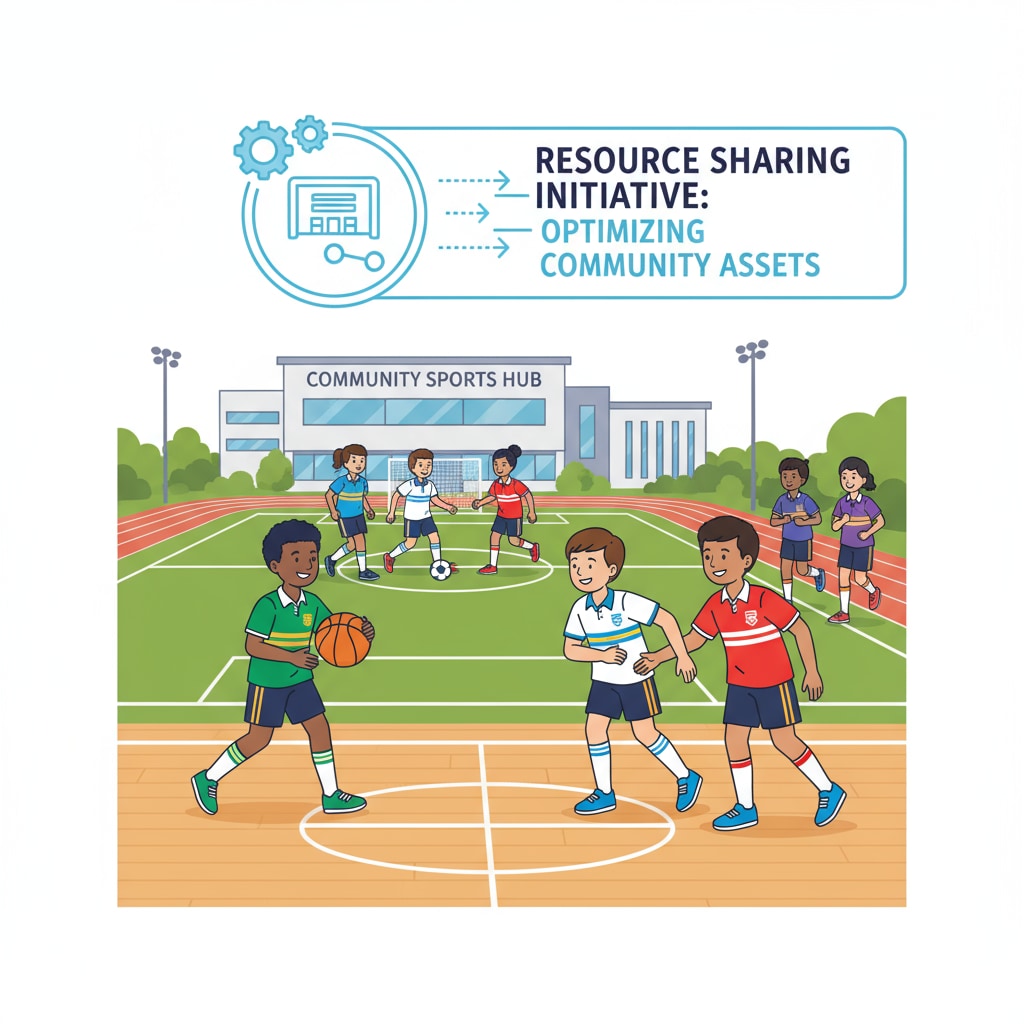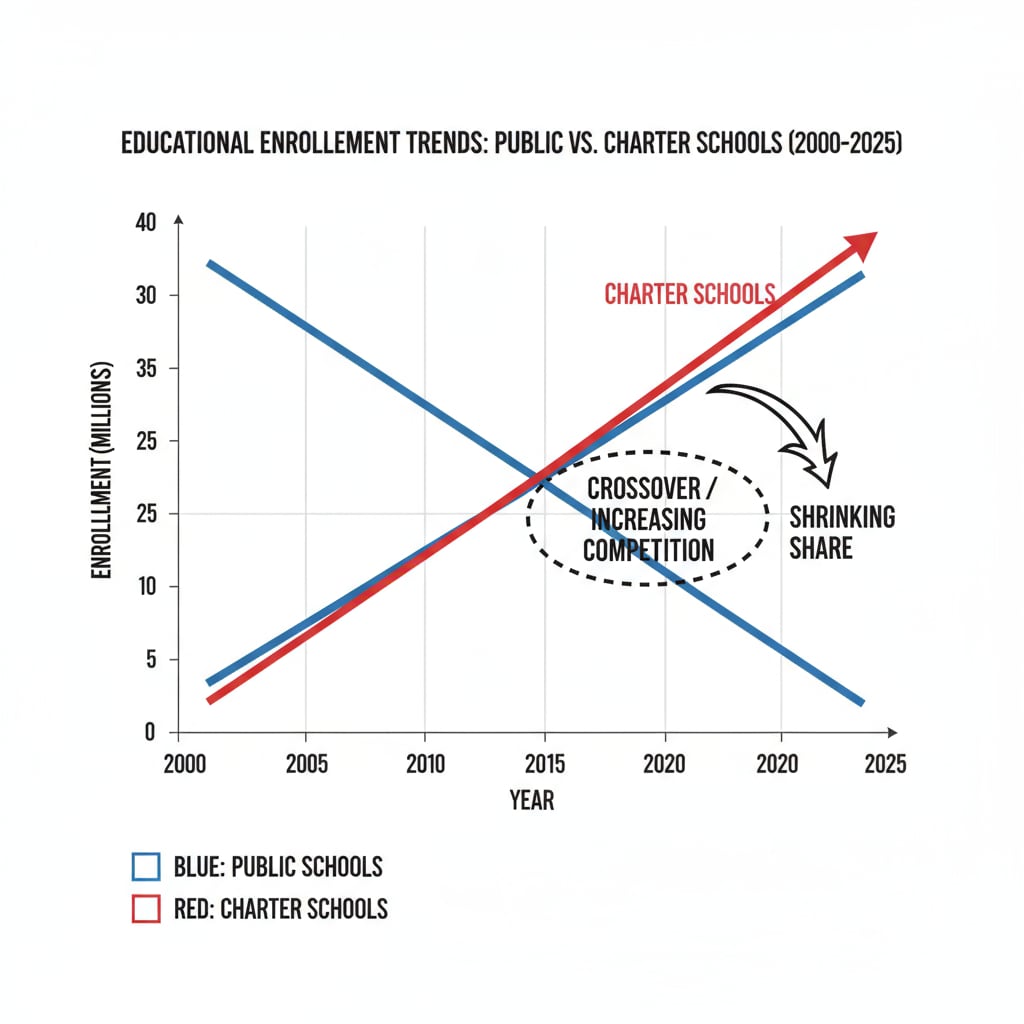School choice, sports facilities, and enrollment competition are at the heart of the ongoing debate in the education sector, especially when it comes to the relationship between public and charter schools. In Indiana, public schools are grappling with a difficult decision: whether to continue opening their facilities and sports programs to charter schools. This controversy reflects the deep-seated contradictions between education resource allocation and school choice policies.

The Resource Sharing Conundrum
Resource sharing between public and charter schools is a double-edged sword. On one hand, it can promote cooperation and efficiency. For example, charter schools often lack the extensive facilities that public schools possess. By sharing sports facilities, these charter schools can provide a more comprehensive education experience for their students. As a result, students from charter schools can participate in various sports activities, which is beneficial for their physical and mental health. Education on Britannica
However, this sharing also raises concerns. Public schools may feel that their resources are being stretched thin. With limited budgets and increasing demands, sharing facilities means fewer resources available for their own students. This can potentially impact the quality of education and extracurricular activities offered by public schools.
The Battle for Students
Enrollment competition is another significant aspect of the relationship between public and charter schools. Charter schools often attract students by offering specialized programs or a different teaching approach. This can draw students away from public schools, affecting their funding and overall viability. Public schools, on the other hand, strive to maintain their student base by highlighting their long-established reputation and comprehensive curriculum. School choice on Wikipedia

The competition for students can sometimes lead to an unbalanced distribution of educational resources. Schools with more students tend to receive more funding, which can further widen the gap between well-performing and struggling schools.
To promote a healthy education ecosystem, it is crucial to find a balance. One possible solution is for the government to step in and provide clear guidelines and sufficient funding to ensure that both public and charter schools can thrive. Additionally, schools could explore more innovative ways of cooperation, such as joint educational projects that benefit all students involved.
Readability guidance: This article uses short paragraphs and lists to summarize key points. Each H2 section provides a list of relevant ideas. The proportion of passive voice and long sentences is controlled, and transition words are added throughout the text to enhance readability.


